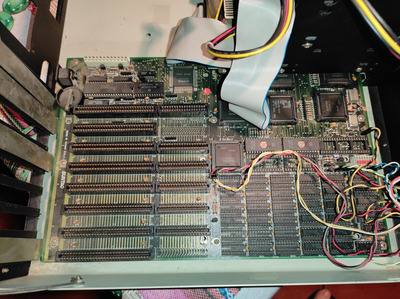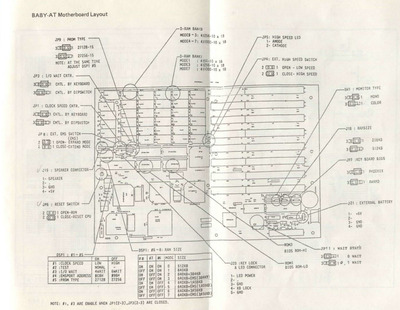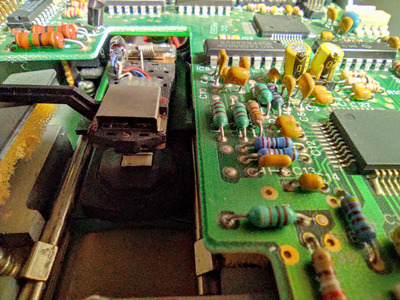Some floppies can shed the magnetic material, it just peels off the mylar substrate. This is because of poor storage conditions, although I've seen some reports of poor quality media that will do that even with proper storage - so age is a factor as well. Nothing can be done about that, AFAIK. The floppy is gone and trying to read it will only foul the heads - which might even cause a build-up of dirt so big, and so quickly, that the force of the rotating floppy will rip the head off (too much friction and the head will be grabbed and pulled sideways).
Sadly there is no way to tell in advance how bad the situation is, you just have to be vigilant and listen to any unusual noises like squealing coming from the drive when the floppy is being accessed. Inspect the disk surface and drive heads after putting in unknown floppy, residue from one floppy can easily kill other ones that were good. This is what gets a lot of ZIP floppies (and drive heads, sadly).
If you really need to make a copy, and it looks like the floppy might still survive for a bit, you can use IMD to make an image to HDD. Your floppy and drive, you judge the risk. But do remember to clean the heads again afterwards to avoid damaging other floopies.
If your drive reacts to control signals you can rather easily tell if it's DD or HD (you're very unlikely to have a rare QD). Put a floppy in the drive, any floppy is fine provided it does not shed (even unformatted one) and run head alignment in IMD. Ignore the readout, just use the keys to seek/move the head. If you get a full swing of the arm with just 40 steps (and double-step is off in IMD settings) then it's a DD/360k drive. If the heads move only halfway then obviously the drive can do 80 steps so it's HD one.










